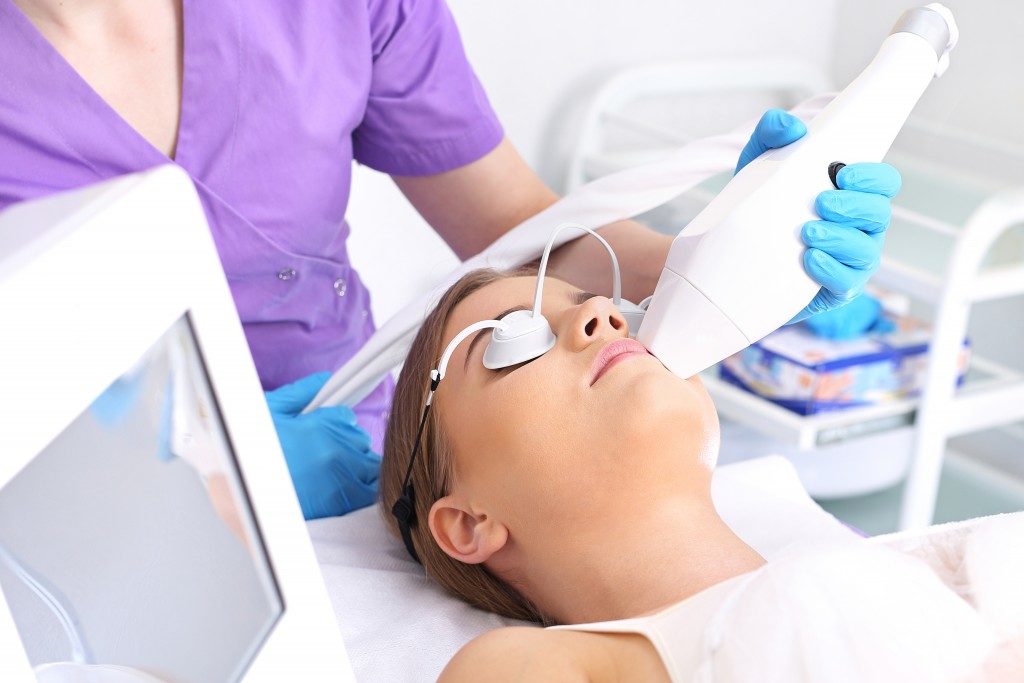Dermatology is the branch of medicine that deals with skin health, including nails, hair, and mucous membranes. The skin, the largest organ in the body, is the body’s first line of defense against injury and bacteria. That alone should be enough to convince you of its importance, which is why it is essential that you take care of it. However, you’ll inevitably develop skin conditions in the course of your life. A skin doctor in Salem can treat them. Skin rashes are the most common types of skin condition, but other more serious cases, like psoriasis and skin cancer, can also be treated by a dermatologist.
What Skin Conditions Do Dermatologists Treat?
Dermatology requires a broad range of clinical knowledge, so it is more than just treating skin conditions like eczema or fungal infections. Dermatologists need to know and understand the many internal conditions that can cause various skin conditions. Here’s a list of common skin conditions that dermatologists are trained to treat:
- Acne
- Vitiligo
- Fungal infections
- Eczema and dermatitis
- Hair disorders
- Psoriasis
- Skin cancer
- Rosacea
- Warts
- Herpes, shingles, or zoster
- Nail problems
Skin Condition Procedures and Treatments

Many skin health conditions can be treated with non-invasive therapy and medication. However, severe cases may require more invasive treatments, such as surgery. Treatments and procedures might take place in an outpatient setting like a doctor’s clinic. In some cases, you might need to stay at a hospital.
Dermatologists are trained in a broad range of medical and cosmetic procedures in treating various dermatological conditions. Some of the procedures you can expect during your treatment include:
- Biopsies
- Cosmetic Injections
- Chemical peels
- Dermabrasion
- Hair removal/restoration
- Excisions of lesions
- Mohs surgery
- PUVA (Psoralen combined with ultraviolet A)
- Cryotherapy
- Skin grafts
- Laser surgery
- Vein therapy
- Tumescent liposuction
When to Visit Your Primary Care Doctor and When to See a Dermatologist
For simple skin conditions like warts, mild acne, minor rashes, rosacea, bug bites, athlete’s foot, simple cysts, and dandruff, as well as mild, benign lesions, you can visit your primary care doctor. However, if the problem persists after your treatments, then the only other course of action is to see a dermatologist.
Although primary care doctors are trained to treat mild skin conditions, you should still know when to see one or if it’s time to see a dermatologist. Here are some scenarios when you need to see a skin doctor right away.
- Your skin problem or rash covers more than 10% of your body.
- You have joint aches, fever, muscle pain, trouble sleeping, and difficulty swallowing along with your skin problem.
- You have ulcers that won’t heal even after more than two weeks. These open sores can lead to more severe infections if left untreated.
Individuals exhibiting symptoms of a disease that affects the hair, nails, and mucous membranes should also see a dermatologist, especially if the condition is not responding to home treatments. Skin doctors are also trained in examining and treating skin cancer. Likewise, a specialized cosmetic dermatologist can help with specific cosmetic concerns.
Sometimes, skin inflammation is more than just a superficial condition, as it can also indicate an internal organ inflammation. The only way to be sure is to see a qualified skin doctor. Dermatologists can offer faster diagnosis and more effective treatment. They can also help prevent scarring.
